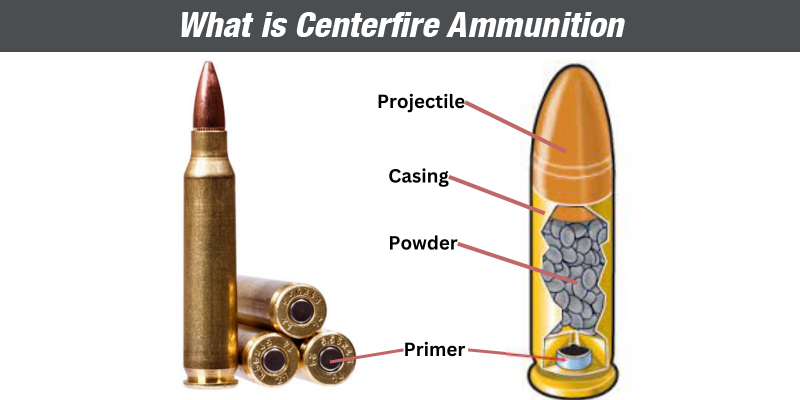More About Ammunition Pro Llc
More About Ammunition Pro Llc
Blog Article
The smart Trick of Ammunition Pro Llc That Nobody is Discussing
Table of ContentsThe Ultimate Guide To Ammunition Pro LlcFascination About Ammunition Pro LlcAmmunition Pro Llc for BeginnersNot known Facts About Ammunition Pro LlcThe Greatest Guide To Ammunition Pro Llc
The basic parts of ammo are the same for rifle, gun, and shotgun ammunition. Today we're looking at the what the fundamental parts of ammunition are and how they function with each other to fire a round.It houses the guide and powder. The bullet is seated in the open end of the instance. When you terminate a bullet out of a semi-auto weapon, the weapon's extractor lifts the case from the shooting chamber and it flies out of the weapon. The situation is also in some cases referred to as shells, brass, or cases.
A gun's firing pin strikes a cartridge's guide. The guide is located in the edge of the instance of a rimfire cartridge.
Some Known Questions About Ammunition Pro Llc.
Both common types of guides in centerfire cartridges are Berdan and Boxer primers. Gunpowder beside the case that normally includes it. Powder, additionally recognized as propellant or gunpowder, is a fast-burning chemical mix. The primer explosion sparks it. It is normally a mix of saltpeter, charcoal, and sulfur.

We call the projectiles for shotshells, which we fire via shotguns, slugs and shot. A slug is one solid piece, typically constructed of lead. Shot is a group of pellets made out of lead, steel, bismuth, or tungsten alloy. Shot pellets can be available in various dimensions and quantities. Since you have a fundamental understanding of the standard parts of ammunition, you can feel a little bit more confident in how your weapon and ammunition feature!.
Everything about Ammunition Pro Llc
Stay on top of Unique Offers, Breakthrough Notification of Sales, and Store Occasions
Fun reality: Grains are utilized to define the mass of a bullet due to the fact that all the way back in the early days of firearms, it was an apothecary's system of dimension, and an usual measure was required to determine just how much lead to utilize to make actors lead bullets (Ammo Retailer). 'Grains' as a system of measure for weight copulates back to ancient times, and represents the weight of a grain of wheat

(http://localdisplayed.com/directory/listingdisplay.aspx?lid=76476)For referral, the weight of a paper clip has to do with 16 gr. So, we understand that grains are an action of mass, and more = heavier, and heavy is excellent, best? Yes, hefty is good, however mass of the projectile isn't the only thing you need to think about when selecting a round for your weapon.
The Best Guide To Ammunition Pro Llc
This spin is created by grooves reduced or hammered into the inside of the barrel, which are referred to as 'rifling'. Fun fact, this is the origin of the term "Rifle" ex. A gunned musket vs. smoothbore firearm. The result this spin carries projectiles is a stabilizing one the bullet rotating keeps the nose pointed straight, similarly that a perfectly spiraled football throw is mosting likely to be far more secure and exact in flight than an unsightly duck, end over end throw.
How does this connect to grain weight? Envision you're on one of those playground slide carousels, the ones with bars you hold on to while it spins.
The same result happens with bullets. The much heavier the projectile, the even more impact a much faster spin will certainly have on it.
Our Ammunition Pro Llc PDFs
But there's an additional element that we need to think about when choosing a grain weight for our ammunition. As meant above, bullet velocity, or the rate of the projectile, is a significant variable when determining the ideal grain weight projectile to use. Rate is affected by a few major elements, including the type and quantity of propellant (gunpowder), barrel size, and bullet weight.

One of the most common grain weight rounds for 9x19mm cartridges are 115gr and 124gr. These are generally lead core, totally jacketed (FMJ) rounds. Both of these grain weight cartridges will execute well in manufacturing facility 9mm handguns, to typical handgun ranges (as much as 50 yards). 115 grain rounds are one of the most common (and consequently least costly).
Report this page